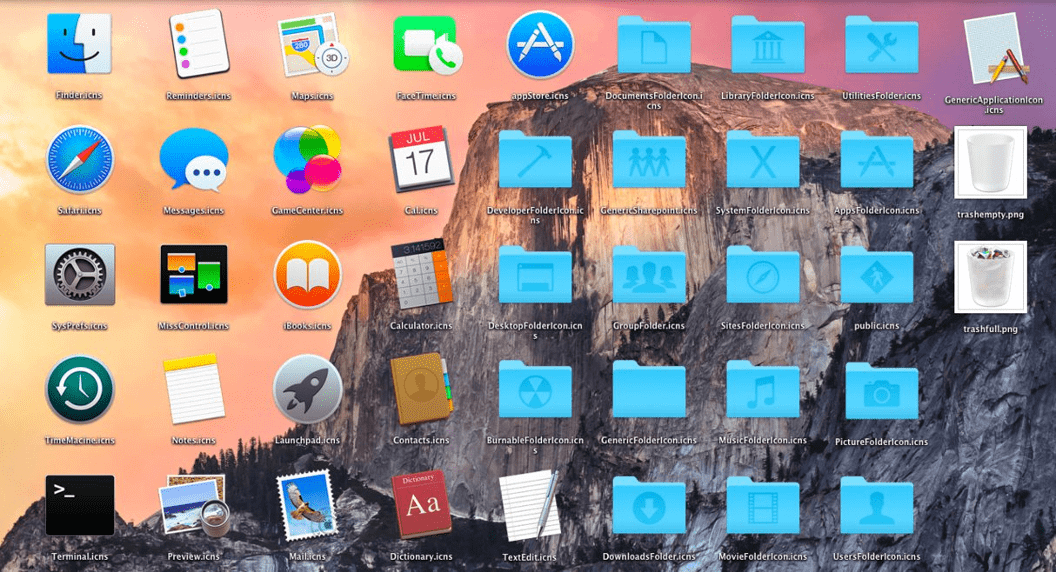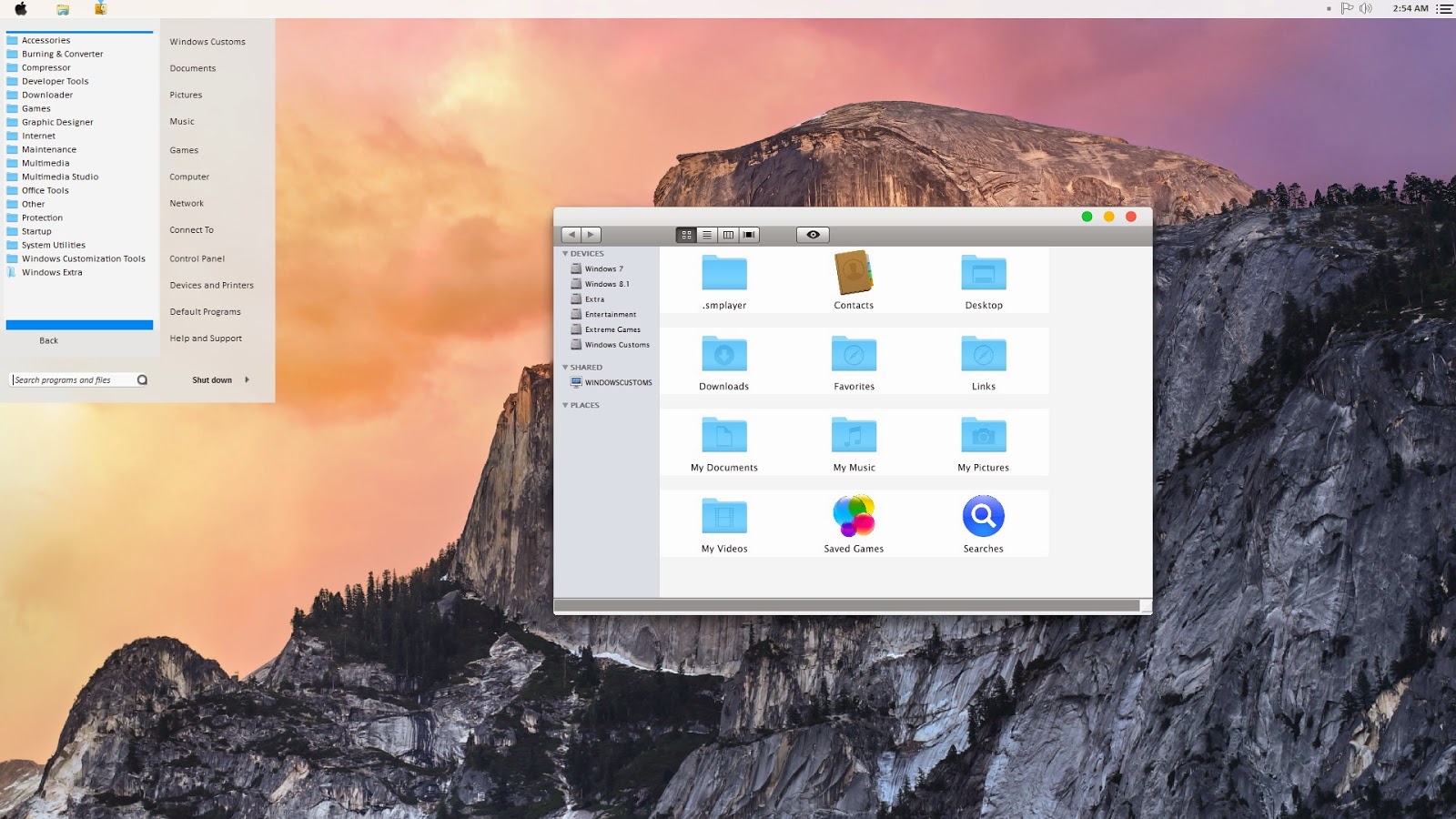

Choose the “Erase” tab and be sure “Mac OS Extended (Journaled)” is selected as the format, give the drive an obvious name like “Yosemite External”, then choose “Erase” to format the volume – this removes all data from the destination drive, be sure you selected the proper volume here there is no turning back.Attach the external drive to the Mac and select the newly attached drive from the list of volumes in Disk Utility.Launch Disk Utility in OS X, found in the /Applications/Utilities/ folder.

The external drive will be formatted for this purpose, meaning it will be completely erased and all data on it will be lost. Make the Destination External Drive / Volume Bootableįirst up is making the external disk not a bootable volume, this is done through Disk Utility. If you use a slow external flash drive or old external hard disk, don’t be surprised if you encounter many beachballs, making this a very suboptimal experience and by no means representative of Yosemite performance in general.

Again, this is dependent on the speed of the external drive that Yosemite is being installed onto. The last point is important, because the experience very well be much slower than what you’re used to. Patience for a (likely) slower experience.OS X Yosemite Dev Preview downloaded and ready to go.



 0 kommentar(er)
0 kommentar(er)
